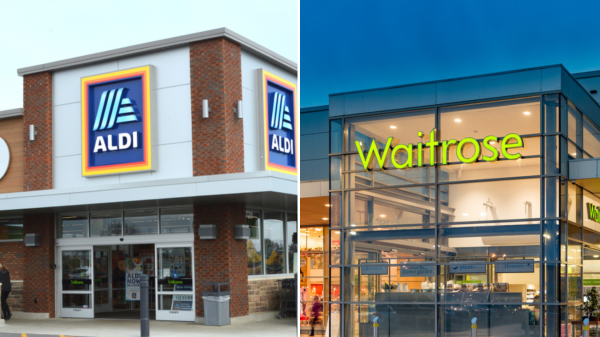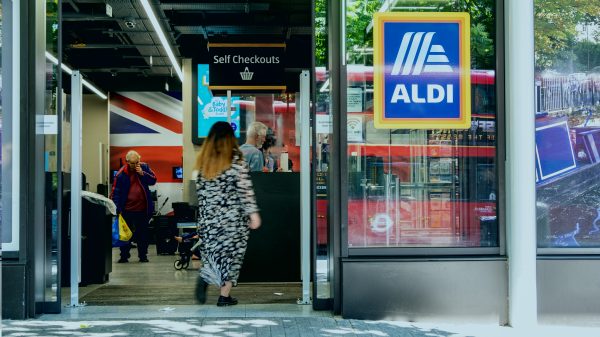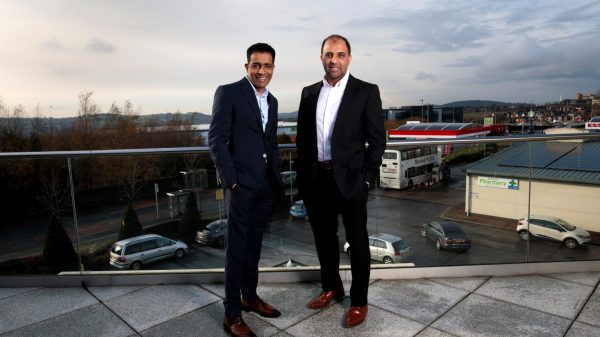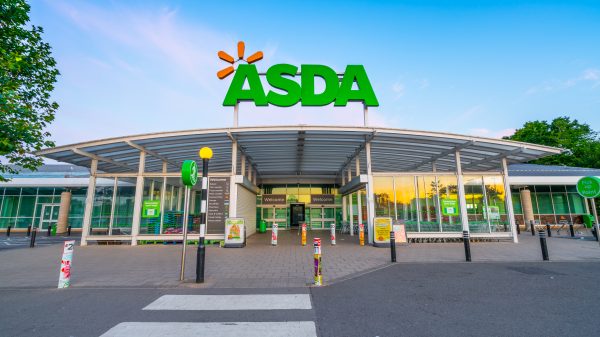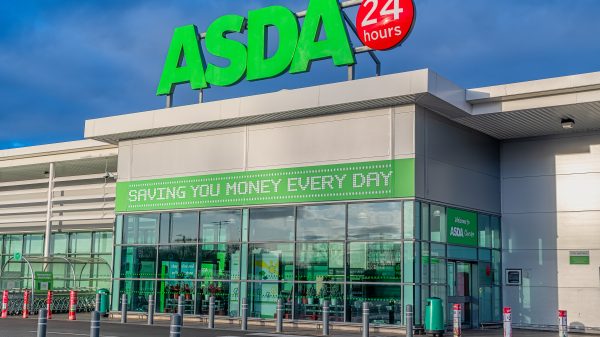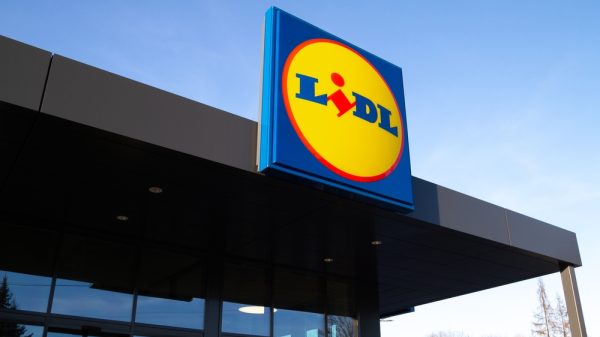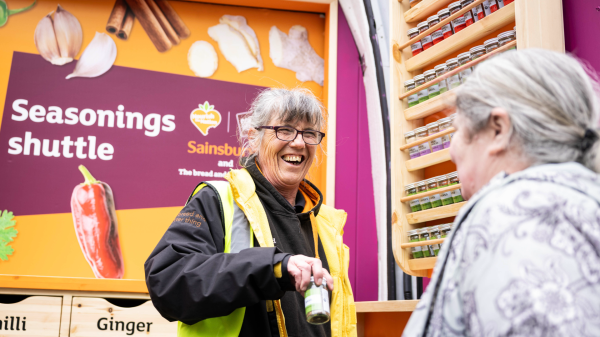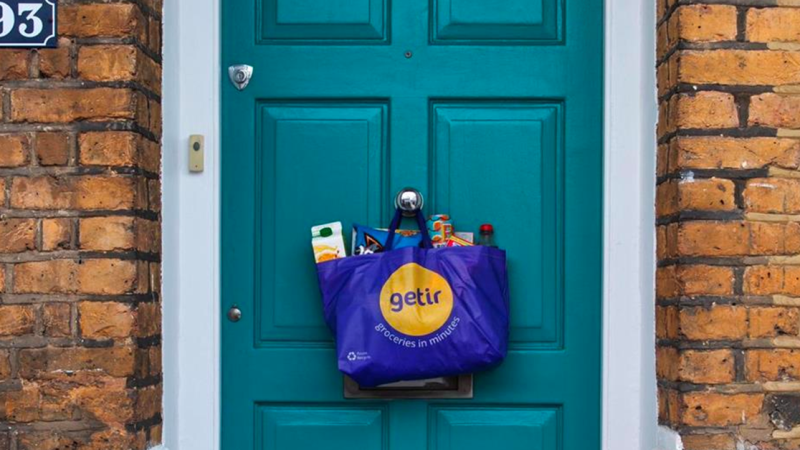Today marks the launch of Sainsbury’s updated premium Taste the Difference British beef range, showcasing a more sustainable product portfolio that is rolling out in 60 UK stores.
While this is the first time consumers will see or taste the range, it’s been a long-time coming for Sainsbury’s with 10 years of development and five years of production to create the beef, which has a 25% lower carbon footprint compared to industry standard.
As a result, the supermarket giant will be offering the largest low carbon beef range ever produced in the UK – making the occasion quite the milestone.
We went to visit three Sainsbury’s farms to see first-hand how the supermarket works with farmers and suppliers, and the full life cycle of its beef cattle.
The all new Taste the Difference range
Sainsbury’s Taste the Difference brand first rolled out in stores over two decades ago, offering customers a more premium range of products.
Its latest development will see the new Aberdeen Angus range rolling out today (18 September), which consists of 16 varieties including 12% and 5% fat beef mince, 30-day ribeye fillet, sirloin and rump steaks, and a 30-day beef roasting joint, which was developed in partnership with the supermarket’s long-standing supplier and beef processor ABP.
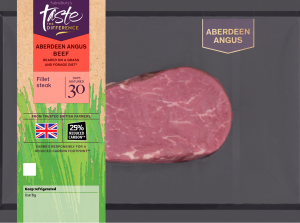
Sainsbury’s Taste the Difference Aberdeen Angus beef
Sainsbury’s director of corporate responsibility and sustainability Ruth Cranston says that in areas such as beef, “change doesn’t happen overnight”.
“Launching in 60 stores has taken over a decade – it’s a big step,” she says. “No one else has been able to produce a lower carbon beef range on this scale and we hope this launch will set a leadership example of what is possible in the industry.”
Sainsbury’s says it was important to ensure the model was consistent from beginning to end. One way to achieve this is through feeding the Aberdeen Angus cattle a grass and foraged diet, allowing for a consistent look in terms of size and weight, which then translates into the finished product.
While Cranston says that “taste, quality and British” are often the most important factors to consumers when considering the products they choose, Sainsbury’s is “seeing a shift post-Covid” as shoppers become more aware of how sustainable the food they’re consuming is.
By reducing carbon emissions by 25%, Sainsbury’s takes another step forward in its ambition to be net zero across its own operations by 2035 and value chain by 2050.
Elevating this further, the new products will also be packaged using cardboard trays, following the supermarkets move to ditch plastic trays in July – a move which uses 70% less plastic across the entire product.
Cranston explains: “Plastic and waste is what customers can see and touch. We want to make it easy for people to make the best choice.”
What goes into making the range more sustainable?
In order to reduce the range’s carbon footprint, Sainsbury’s has brought together its beef and dairy supply chains through a combination of superior cattle breeding and animal management.
The calves are raised in the most efficient way possible, with strictly monitored feed and living conditions, which results in less time and energy to grow. This in turn emits fewer harmful gases.
Sainsbury’s says the initial stage of the process at dairy farms is pivotal, with farmers keeping the cattle in the correct environment until they are healthy enough to meet ABP’s requirements and move to the rearing and finally, finishing farms.
The cattle is also moved a maximum of three times in its life, ensuring a minimum change to its surroundings.
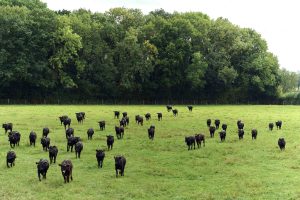
ABP director of agriculture Richard Phelps says the Taste The Difference programme “is the most adaptable integrated system that’s out there”.
He explains that the scheme looks to “remove uncertainty and increase consistency”, adding “I think the next five years are the most exciting in agriculture”.
While the products will initially be introduced to 60 stores in the north, a nationwide roll out will be taking place at a later date.
As Sainsbury’s looks to expand the programme further, it is also actively recruiting for more farmers.
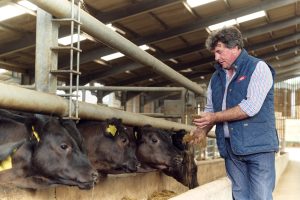
Relationships with suppliers and farmers
Sainsbury’s director of agriculture, aquaculture and horticulture Gavin Hodgson says that the supermarket has “a long-standing history” of working with some of its farming suppliers, adding that Sainsbury’s is “actively making steps” to bring all of its relationships with suppliers even closer.
Just this month, the supermarket invested £6m to pay its dairy farmers more from October and to support farms for the future, with £4.3m going towards giving farmers an additional fixed 1p per litre of milk on top of the independently calculated Cost of Production price that the supermarket currently pays.
Farmers involved in Sainsbury’s Taste the Difference scheme will benefit from fixed, forward pricing that Hodgson says will provide them with “more security and stability”.
The grocer is also equipping farms with advanced free-of-charge technology that generates in-depth data to help them make better farm management decisions.
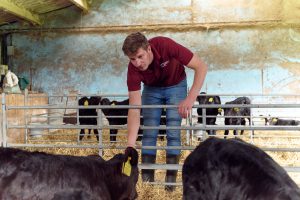
Hodgson says that in recruiting new farmers to join the scheme, “it’s very important we send someone to the farms to show them what the scheme is and so that we can build a relationship with them”.
However, in ensuring the farms are running smoothly and efficiently, he says: “I’m quite against Sainsbury’s as a business going and auditing farms. There’s lots of other people that are involved in our supply chain that will play a role in making sure that farm is doing what it needs to do.
“We are really, really pro-outcome and measuring outcomes to help with welfare. We set outcomes based on science and data, and measure people’s journey towards that outcome. That is far more interesting and appealing to me than sending an auditor down someone’s drive.”
As the supermarket continues to expand the programme and roll out the new products to more stores, Sainsbury’s is looking to lead the way in supporting the growth of UK agriculture, while becoming more sustainable and offering customers a wider range of products.
Looking ahead, Hodgson adds: “We’re excited about the possibilities this move could hold for the future of farming in the UK.”

